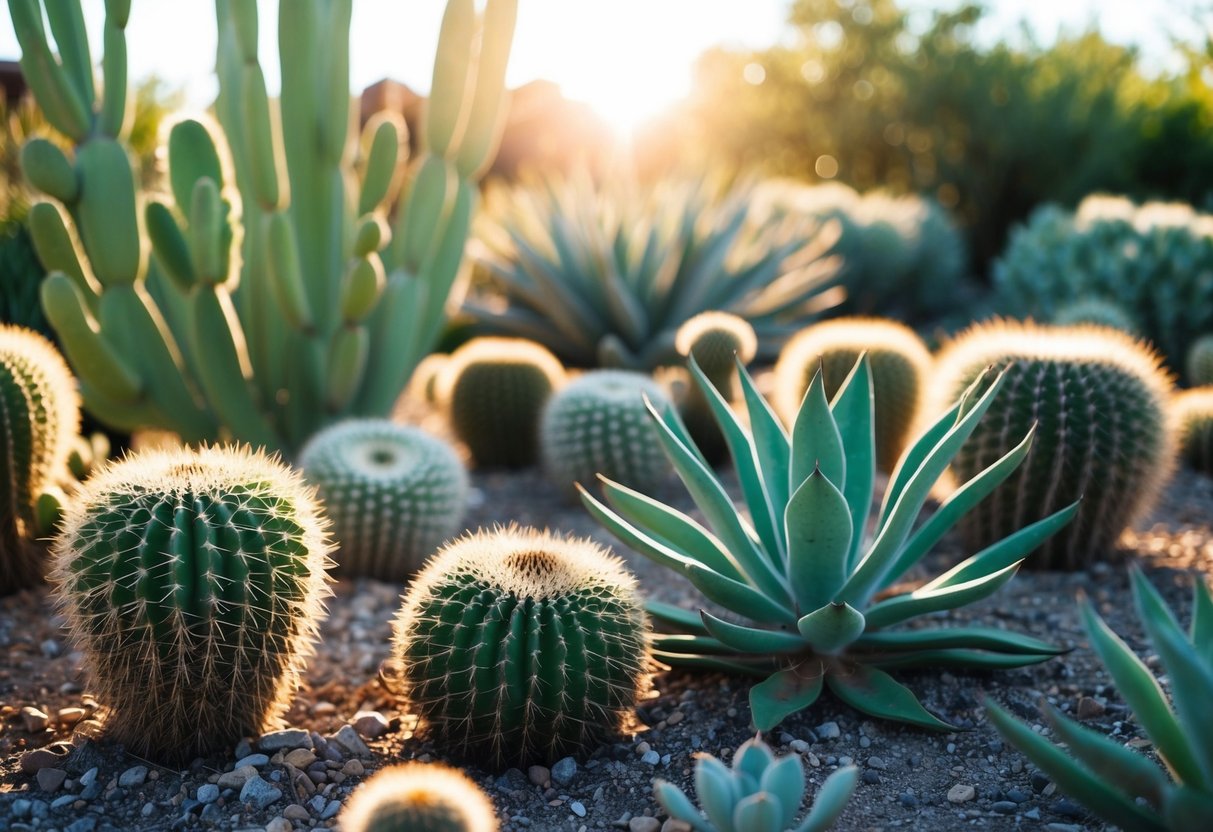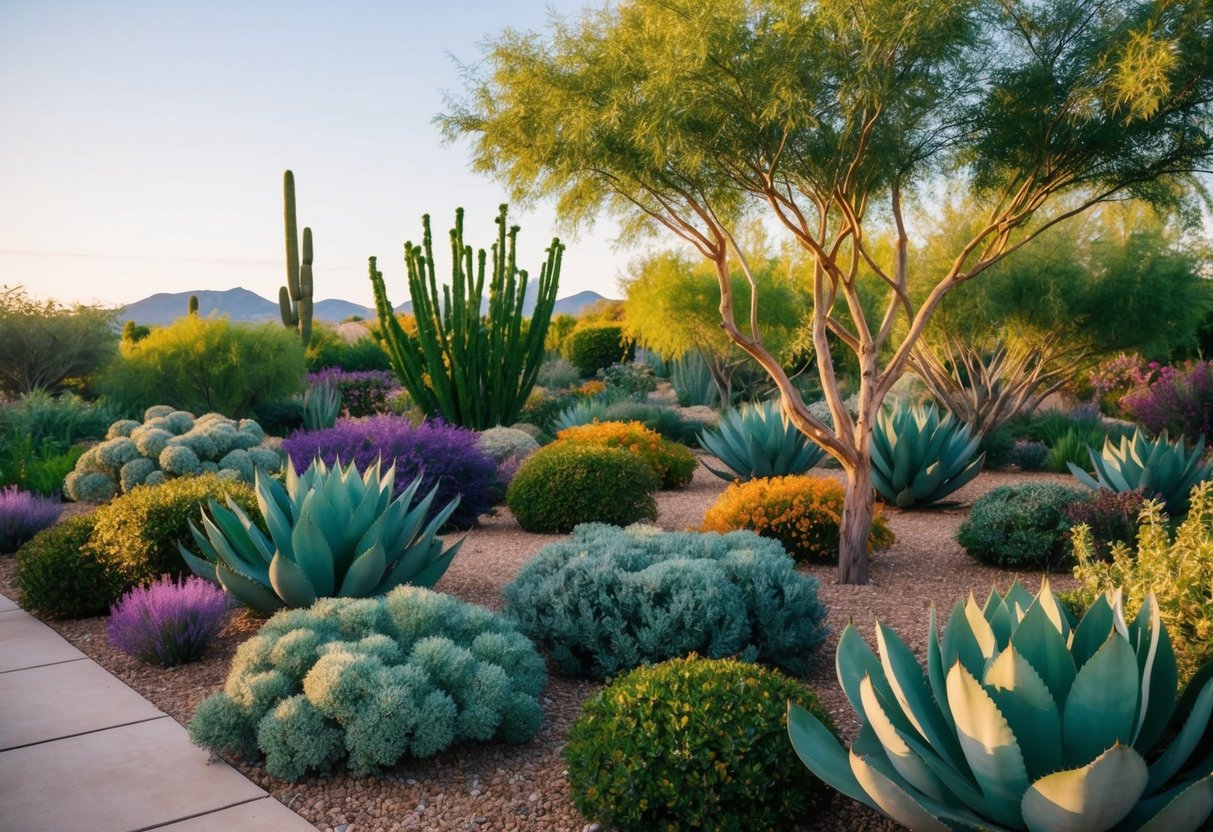
The Role of Mulch in Water Conservation
Mulch plays a crucial role in water conservation by reducing evaporation from the soil surface. It acts as a protective layer, not only retaining moisture but also regulating temperature fluctuations around plant roots. Organic mulches, such as shredded bark or straw, break down gradually, adding nutrients to the soil and improving its structure.
A 2- to 3-inch layer of mulch is typically effective in preventing weed growth, which competes for water resources. Refreshing the mulch layer as needed maintains its benefits throughout the growing season. In a sustainable garden, careful selection and use of mulch can substantially enhance water efficiency, making it a necessary component for drought-resistant planting.
Landscaping with Drought-Resistant Plants
Drought-resistant plants can transform landscapes into sustainable and visually appealing gardens. By choosing these plants, gardeners can reduce water usage and enjoy lush, thriving gardens that require minimal maintenance.
Designing a Low-Maintenance Garden
A low-maintenance garden relies on the selection of hardy, drought-resistant plants. These plants thrive in arid conditions and require less watering compared to typical garden varieties. Succulents like Agave and Sedum are excellent choices. Native grasses such as Blue Fescue and Flame Grass add texture and color while standing up to dry spells.
Grouping plants with similar water and sunlight needs is crucial. This practice, often called hydrozoning, ensures efficient use of water resources. Incorporating mulch around plants helps in retaining soil moisture, reducing the need for frequent watering. Selecting plants with extended blooming periods can add year-round interest with reduced garden chores.
Drought-Tolerant Landscaping for Visual Appeal
Visual appeal in a drought-tolerant landscape can be achieved by mixing plants with varying shapes, sizes, and colors. Mediterranean herbs like Lavender and Rosemary offer fragrant foliage and blooms. Ornamental grasses provide movement and elegance to the garden design. Cacti, with their unique forms and vibrant flowers, can act as striking focal points.
Hardscape elements such as gravel paths, stone patios, and dry streambeds complement the plantings, enhancing the overall aesthetic while requiring zero water. Carefully chosen potted plants can add height and color without extensive irrigation needs. Thoughtful placement of these elements creates attractive, sustainable outdoor spaces.
Popular Drought-Resistant Shrubs and Trees

Drought-resistant shrubs and trees offer sustainable solutions for water-conserving gardens. They bring beauty, shade, and resilience to any landscape, even under the harshest conditions. Yucca and agave varieties prove to be very effective, while hardy shrubs provide adaptable options for dry areas.
Yucca and Agave Varieties
Yucca and agave are standout choices for those seeking drought-resistant plants. Both have evolved to survive with minimal water, thriving in arid environments. Yucca, with its bold, sword-like leaves, provides a striking architectural element in gardens. It tolerates poor soil conditions and requires little maintenance, making it perfect for busy gardeners.
Agave, like Yucca, is also well-suited to dry climates. Characterized by its rosette shape and succulent leaves, agave is known for its water-storing capabilities. This allows the plant to withstand prolonged drought periods. Agave offers a variety of forms and sizes, suitable for both large landscapes and smaller gardens. Its adaptability and resilience make it a versatile addition to any drought-tolerant landscape.